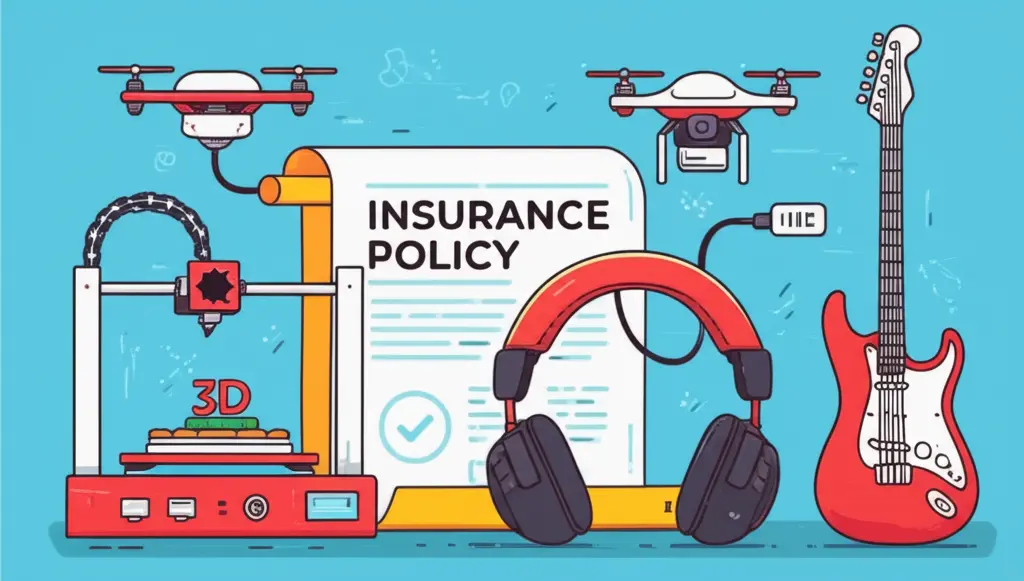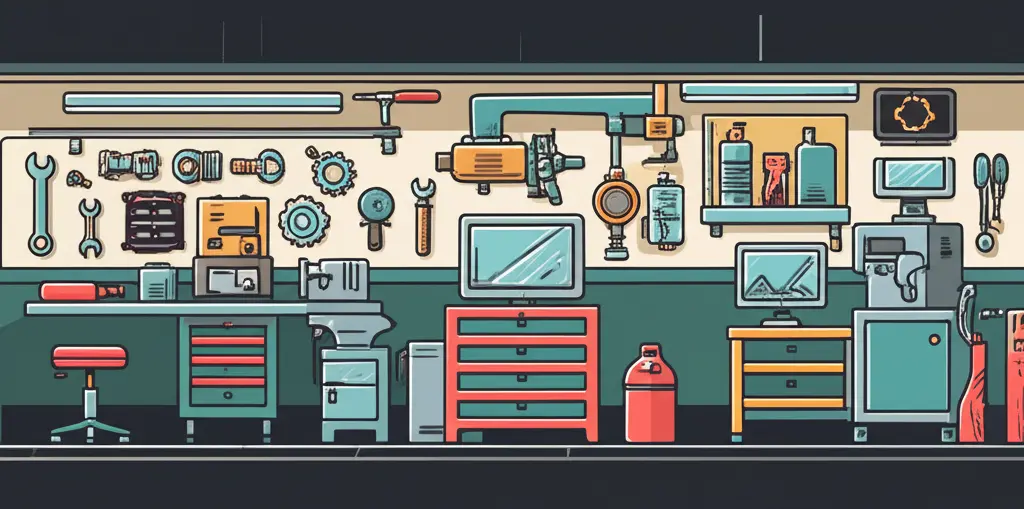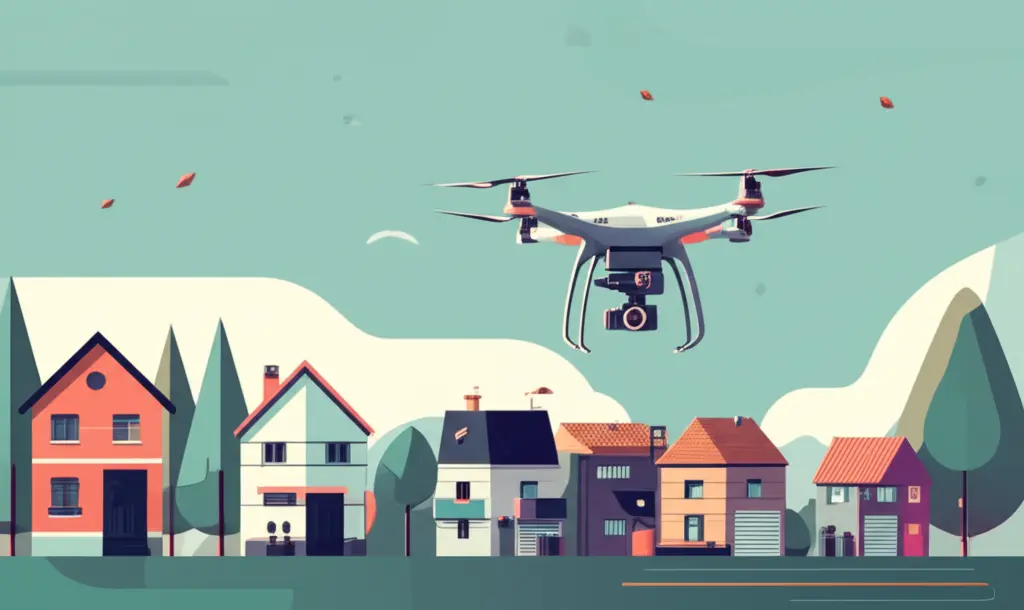The Essential Guide to Insuring Custom Equipment
Uncover practical tips for insuring custom equipment like a pro.

Hey there! So you’ve invested in some custom equipment—be it a tricked-out guitar, a high-tech drone, or bespoke kitchen machinery. You’re likely wondering about the best ways to insure these unique assets, right? Don’t worry, I’ve got you covered.
Why Insuring Custom Equipment is Essential
First off, let’s chat about why it’s so crucial. You might think, "It’s my stuff, I've got it sorted"—but here’s the kicker: custom equipment often falls outside the realm of standard insurance policies. Losing a piece of equipment that’s customized—for your specific needs or passions—can be a hefty blow, both financially and emotionally.
Think about it: that equipment didn't just arrive by mail unassembled. It took creativity, effort, and investment. And let’s face it, replacing it isn’t a simple click-and-buy situation.

What Does Custom Equipment Insurance Cover?
Typically, custom equipment insurance covers damage, theft, and sometimes even loss during transit. Check with your provider to see which scenarios are included. Regardless of your equipment’s function, specificity in your insurance policy can ensure you’re not left high and dry when something unforeseen happens.
It’s worth diving into the fine print of policies to avoid surprises. Some cover flood damage but not natural wear and tear. Others might only provide coverage if you're using the item professionally.

Finding the Right Policy
Alright, we’ve established that specialized insurance is the way to go. But how do you sift through the options?
- Identify Usage: Are you using the equipment for business, hobby, or both? This will influence your policy.
- Assess Value: Ensure your equipment’s appraised value matches what the policy covers. Undervaluation could lead to less reimbursement after a loss.
- Provider Selection: Research companies specializing in custom or niche insurance products. They tend to offer nuanced coverage that standard providers might not.
Practical Steps to Get Insured
Here are some practical steps to get your custom gear insured:
- Documentation: Keep detailed records of your purchases, modifications, and any appraisals.
- Regular Updates: As equipment gets new features or uses, update your insurer to keep your coverage in line.

Key Takeaway
Custom equipment insurance isn't just a box to check; it’s peace of mind. Whether your passion is culinary, musical, or mechanical, ensuring your investments means less sleepless nights and more focus on what you love doing. How are you ensuring your gear remains protected? I'd love to hear your thoughts in the comments!




